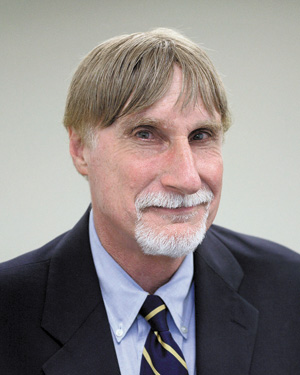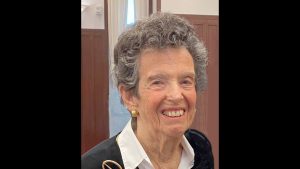Living — and dying — with dignity
Published May 20, 2015
“One who sustains a life is considered to have sustained the entire world” – The Talmud
The movie “Shawshank Redemption” is shown so often on TV that I can repeat almost every line uttered by the actors. One I remember especially well is: “Get busy living or get busy dying.” If it were only that simple.
Some of us may die suddenly, being hit by a truck or going to our reward in some other quick fashion. But most of us have a slower, more gradual passing. As discussed by Dr. Atul Gawande in his best-selling book “Being Mortal,” the decisions we face as we age, ultimately become infirm, and approach death can entail very difficult choices.
This is increasingly true as modern medicine has developed the capacity to extend life well beyond anything previously imagined. Whereas average global life expectancy in 1900 was only 30, today it is almost 70. However, those last years can add little in terms of quality of life and raise the existential question of whether they are really worth living.
The Torah provides one answer, that the value of life generally trumps all others, with a rare exception here or there. A friend, Rabbi Shlomo Soroka, told me, “From a Torah perspective, while we do give primacy to life itself over quality of life, there are times that we would not encourage a terminal patient to undergo a new painful therapy that would only extend life by a short time. It’s the choice of the patient, but not because it’s his/her right [so much as] responsibility to make the best decision based on the information available to us.”
Gawande explores the role that physicians play in keeping terminally ill patients alive, arguing that doctors should be concerned less about putting off death and more about facilitating as much physical and emotional well-being as possible. They should engage the dying in honest conversations, not promoting false hopes.
In the end, though, it is the patient and the family who must make end-of-life decisions. Gawande gives the example of the terminally ill professor who insists he be spared any medical treatment that would deny him the enjoyment of eating chocolate ice cream and watching football on television. (For me, it might be crab cakes and college basketball, although I can think of a few more critical imperatives, such as enjoying my grandchildren.)
To think such thoughts is not to engage in morbid ruminations but to deal squarely with reality. I was thinking of these things recently as my wife and I updated our will, including “durable power of attorney” medical directives. I have no desire to linger in a vegetative or agonizing state and would want the plug pulled in a timely manner; I will let my wife speak for herself, but I suspect she is not so sure.
There has been some controversy surrounding the Affordable Care Act as to whether, in the name of cost-savings and economic efficiency, government-authorized “death panels” will be making these decisions for us in the future. Much of this criticism of Obamacare has been overblown. Still, there are legitimate concerns regarding the fact that more than 30 percent of all Medicare spending in the United States is incurred by chronically ill patients in their last two years, when doctors are trying to prolong life. Gawande suggests that too many of these hospitalizations and surgeries are a misguided use of resources, providing few benefits to the patient.
It is estimated there are 12,000 “futility cases” annually in the United States,
with many doctors arguing for essentially “pulling the plug” as a matter of social justice, so that overstretched health care budgets can be used in a triagelike manner.
One hopes that such life-and-death decisions will not boil down to dollars and cents but rather be the result of the more personal struggles a family undergoes in trying to make the right call.
I witnessed the terrible dilemmas that terminal illness poses when my twin brother Stuart died six years ago.
He had led a full life, having become chief historian of the Office of Secretary of Defense in the Pentagon and having co-authored the definitive work on Vietnam POWs, entitled “Honor Bound.” When he became ill with melanoma and was told he had at most a year or so to live, his first impulse was to forgo chemotherapy or other treatments that might produce a miracle but more likely would only marginally lengthen his life. In whatever time he had left, he preferred quality of life to quantity of life. But he eventually tried every conceivable experimental procedure available, no matter the expense or pain, because he was not ready to die.
It bought him only a few extra months, but who is to say what the right decision was? I do know that he died with remarkable courage and dignity and showed what the human spirit is made of even when the body begins to fail.
Gawande examines not only end-of-life decision-making but also the decisions that have to be made well before death is imminent, as one becomes frail enough that independent living may no longer be possible and assisted living or nursing home options must be entertained.
Here, too, he urges that we err on the side of being patient-centric, maximizing freedom more than safety and making sure that institutionalization itself does not become a death sentence. The horror stories associated with nursing homes are well known. He does not dwell on these problems so much as the more subtle mistakes that are made in caring for the elderly, even when caregivers have the best of intentions and offer the best services.
As we all eventually deal with living wills, may we all have the will to live but also, when the time comes, the will to die with dignity and in peace. In the meantime, let’s lead the best, most exemplary lives we can.















